- 14 Sep, 2021
- Software Development
- Methodology
- By Musketeers Tech
What is agile software development?
Welcome to Musketeers Tech’s blog, where today we’ll explore the intricate world of Agile software development methodology. Agile, a term synonymous with flexibility and efficiency in the software development realm, has revolutionized the way we think about project management and execution. Let’s delve into what makes Agile a preferred choice for many organizations and how it’s shaping the future of software development.
What is Agile Software Development?
Agile software development is an approach that values adaptability and responsiveness to change, over rigid planning and fixed processes. It’s about breaking down the development process into manageable units, allowing teams to respond effectively to changing requirements and deliver high-quality software promptly. This approach requires a cultural shift in many organizations, as it emphasizes the delivery of individual software components over the complete application.
Benefits of Agile
- Adaptability to Changing Landscapes: Agile helps teams to navigate evolving project requirements while maintaining a focus on delivering business value efficiently.
- Enhanced Collaboration: The collaborative culture of Agile boosts efficiency across the organization as teams better understand and perform their roles.
- Continuous Quality Assurance: With testing integrated throughout the development process, Agile ensures the release of high-quality products and allows for timely adjustments.
Agile vs. Waterfall
Agile has largely replaced the traditional waterfall methodology in many companies. While waterfall follows a linear and sequential approach, Agile is iterative, making it more dynamic and flexible.
Core Values of Agile
As outlined in the Agile Manifesto of 2001, the core values of Agile are:
- Individuals and Interactions Over Processes and Tools: Emphasizing the importance of human collaboration and responsiveness to change.
- Working Software Over Comprehensive Documentation: Prioritizing the delivery of functional software over extensive documentation.
- Customer Collaboration Over Contract Negotiation: Focusing on customer involvement and feedback throughout the development process.
- Responding to Change Over Following a Plan: Welcoming changes even in late stages of development, viewing them as opportunities for improvement.
The Agile Software Development Cycle
The Agile cycle involves six steps:
- Concept: Identifying business opportunities and assessing feasibility.
- Inception: Establishing team roles, funding, and initial requirements.
- Iteration/Construction: Developing software based on continuous feedback.
- Release: Final QA testing and launching the iteration into production.
- Production: Ongoing support and user training.
- Retirement: End-of-life activities, including customer notification and migration.
Agile Methodologies
Several methodologies fall under the Agile umbrella, each with unique characteristics:
- Scrum: A framework for managing and controlling iterative work at a project level.
- Lean Software Development: Emphasizes eliminating waste and delivering value.
- Extreme Programming (XP): Focuses on customer satisfaction and rapid delivery.
- Crystal: Adapts to the unique characteristics of a project.
- Kanban: Visualizes work, limits work-in-progress, and maximizes efficiency.
- Dynamic Systems Development Method (DSDM): An approach that values collaboration and on-time delivery.
- Feature-Driven Development (FDD): Concentrates on developing by feature.
Advantages and Disadvantages of Agile
Advantages
- Enhanced Flexibility and Adaptability
- Increased Collaboration and Customer Satisfaction
- Continuous Improvement and Quality
Disadvantages
- Potential Dilution of Agile Principles
- Challenges in Integration of Testing and Operations
- Stressful Environment Due to Sprint Deadlines
Conclusion
Agile software development methodology has undoubtedly set a new standard in the realm of software development. It offers a framework for teams to work collaboratively, adaptively, and efficiently. At Musketeers Tech, we embrace these Agile principles, ensuring our clients receive not just software, but solutions tailored to their evolving needs. Agile is more than a methodology; it’s a mindset that drives innovation and excellence in the ever-changing landscape of technology.

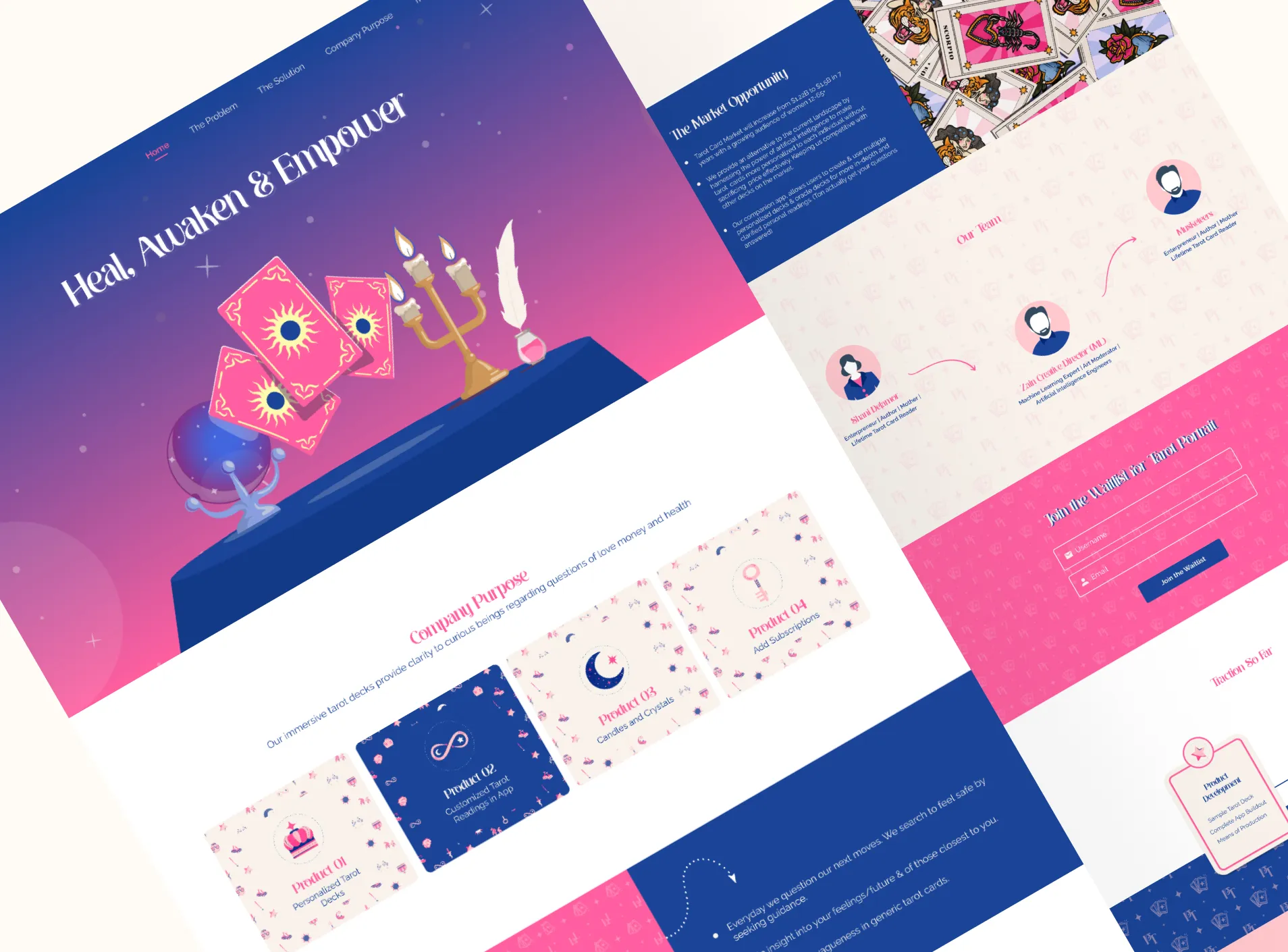
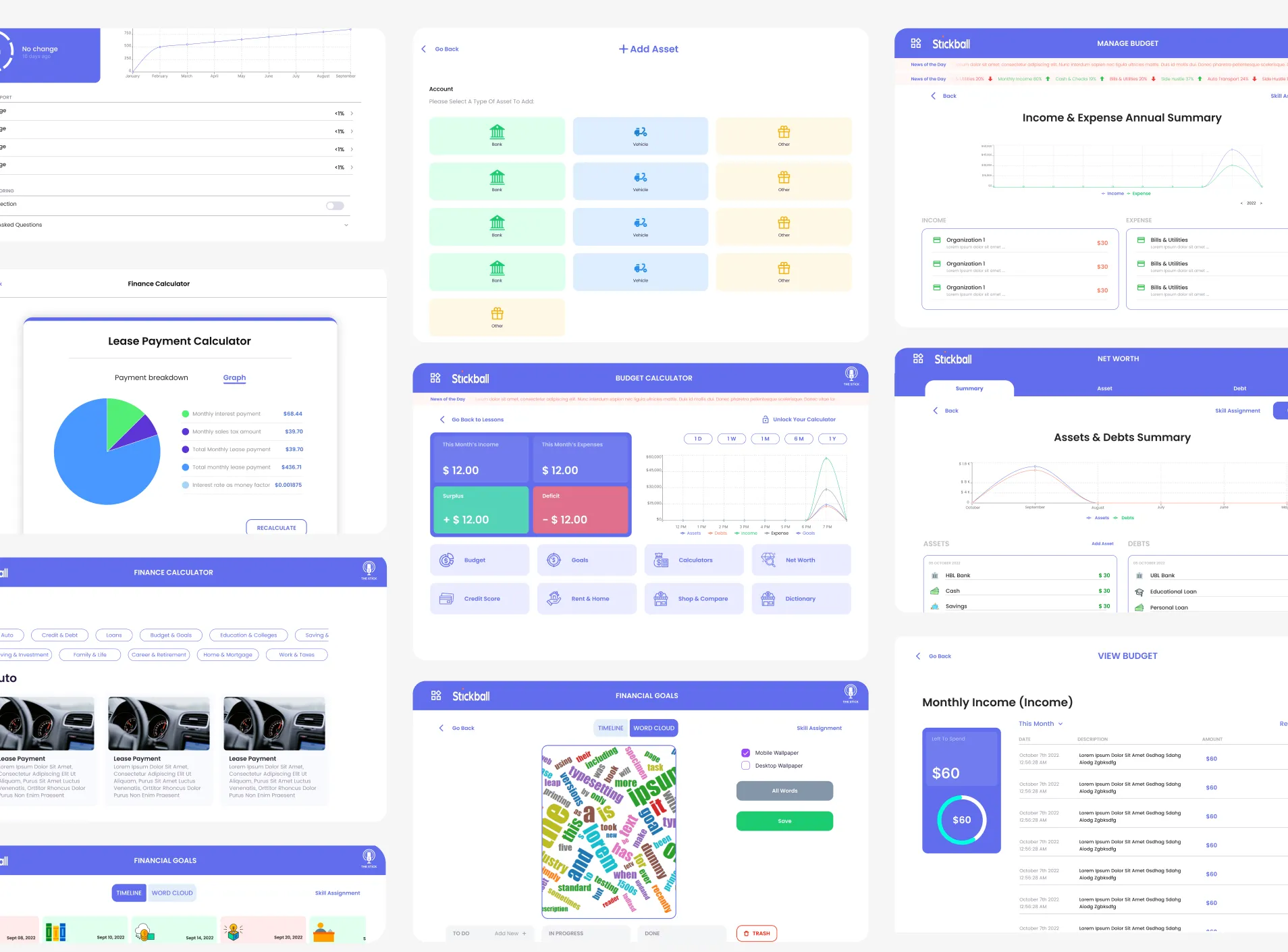
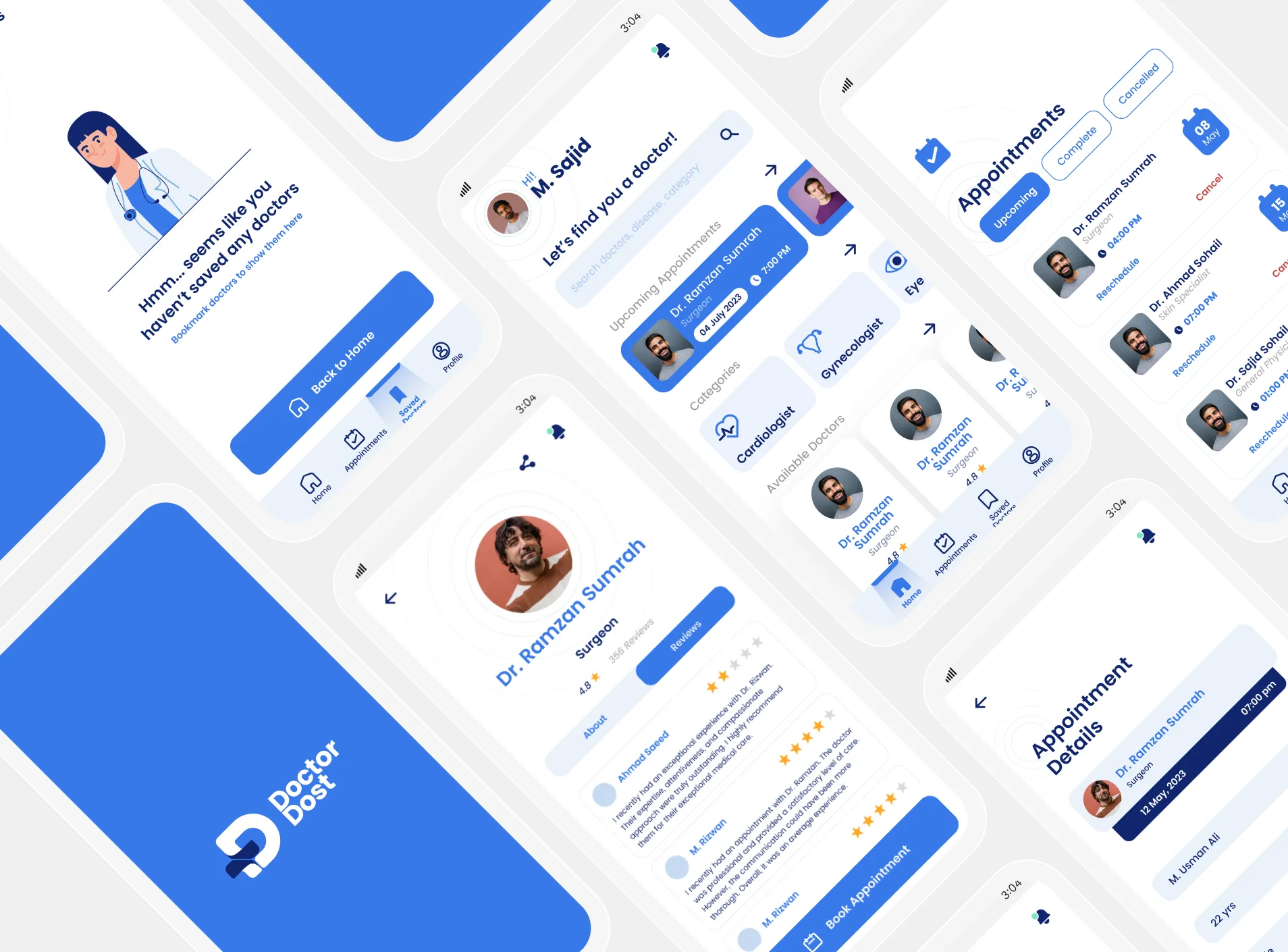
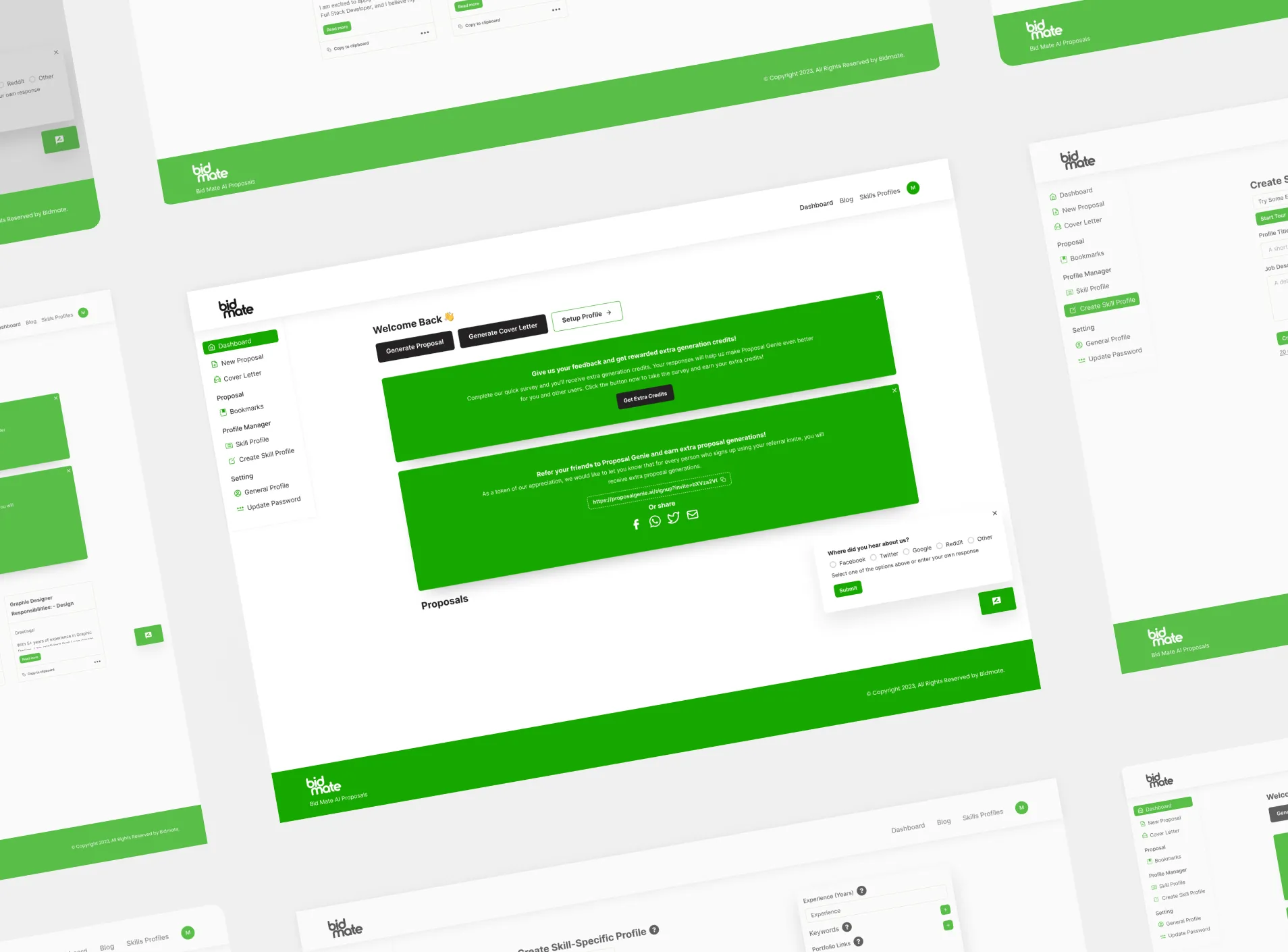
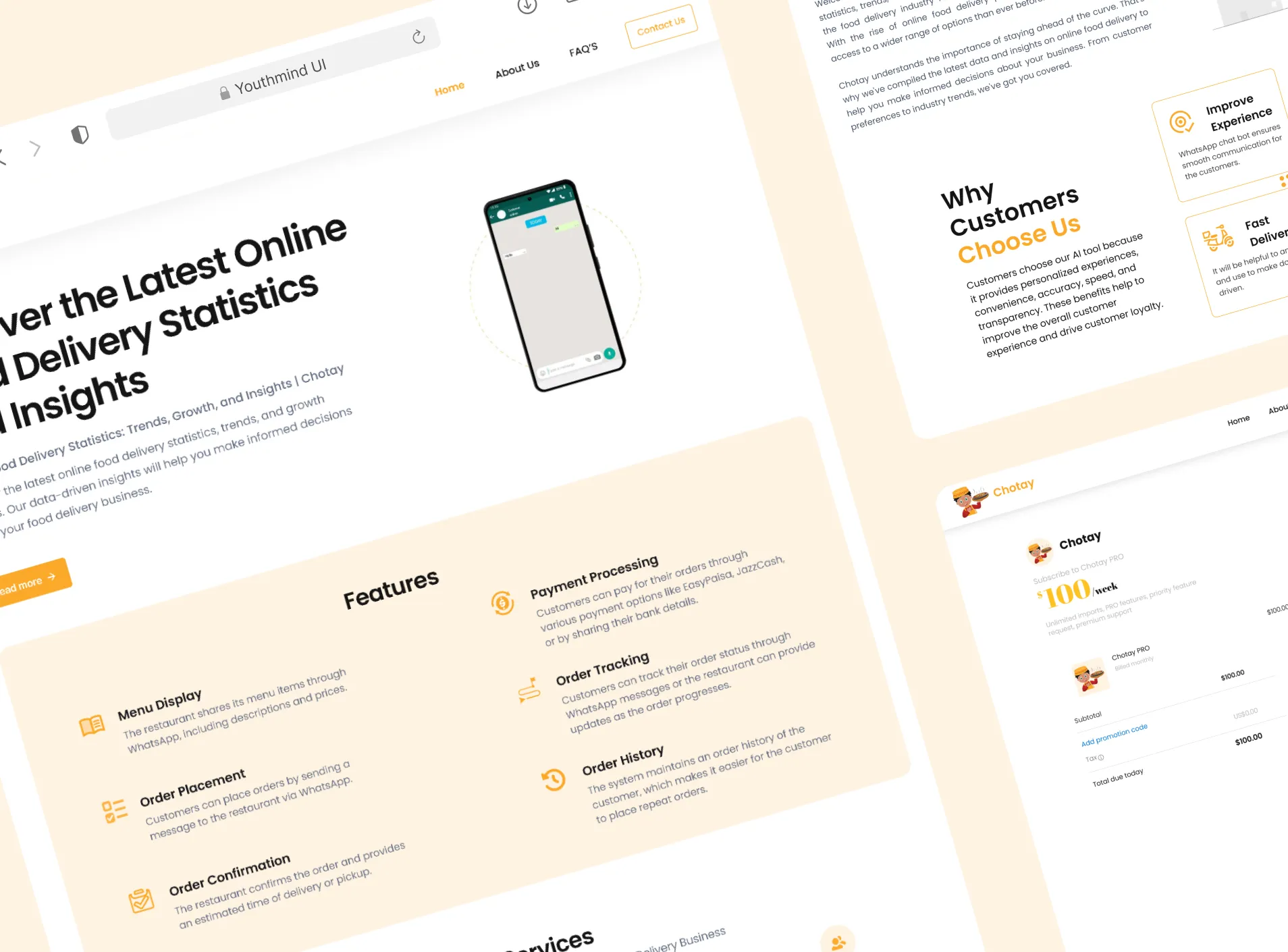
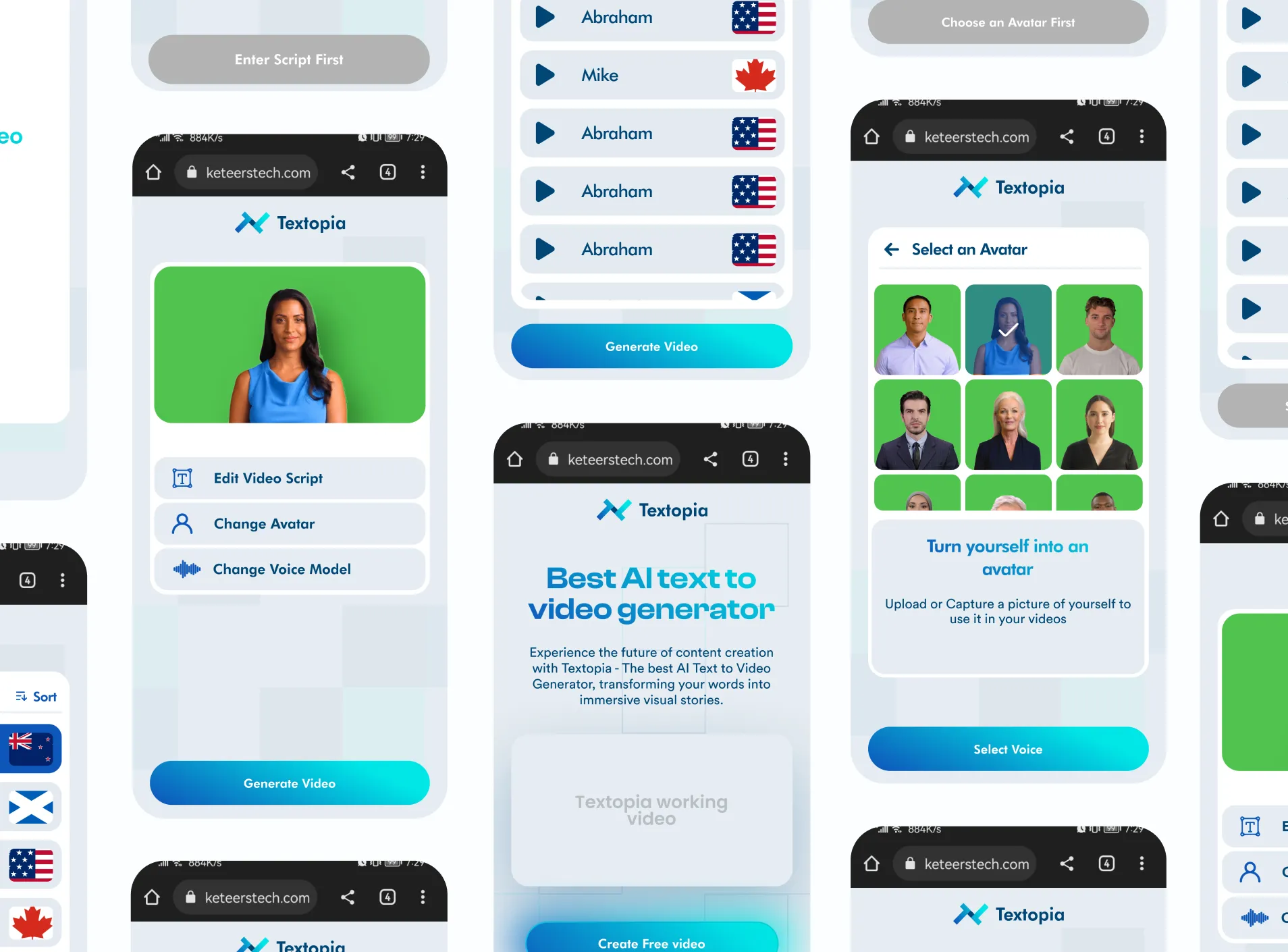
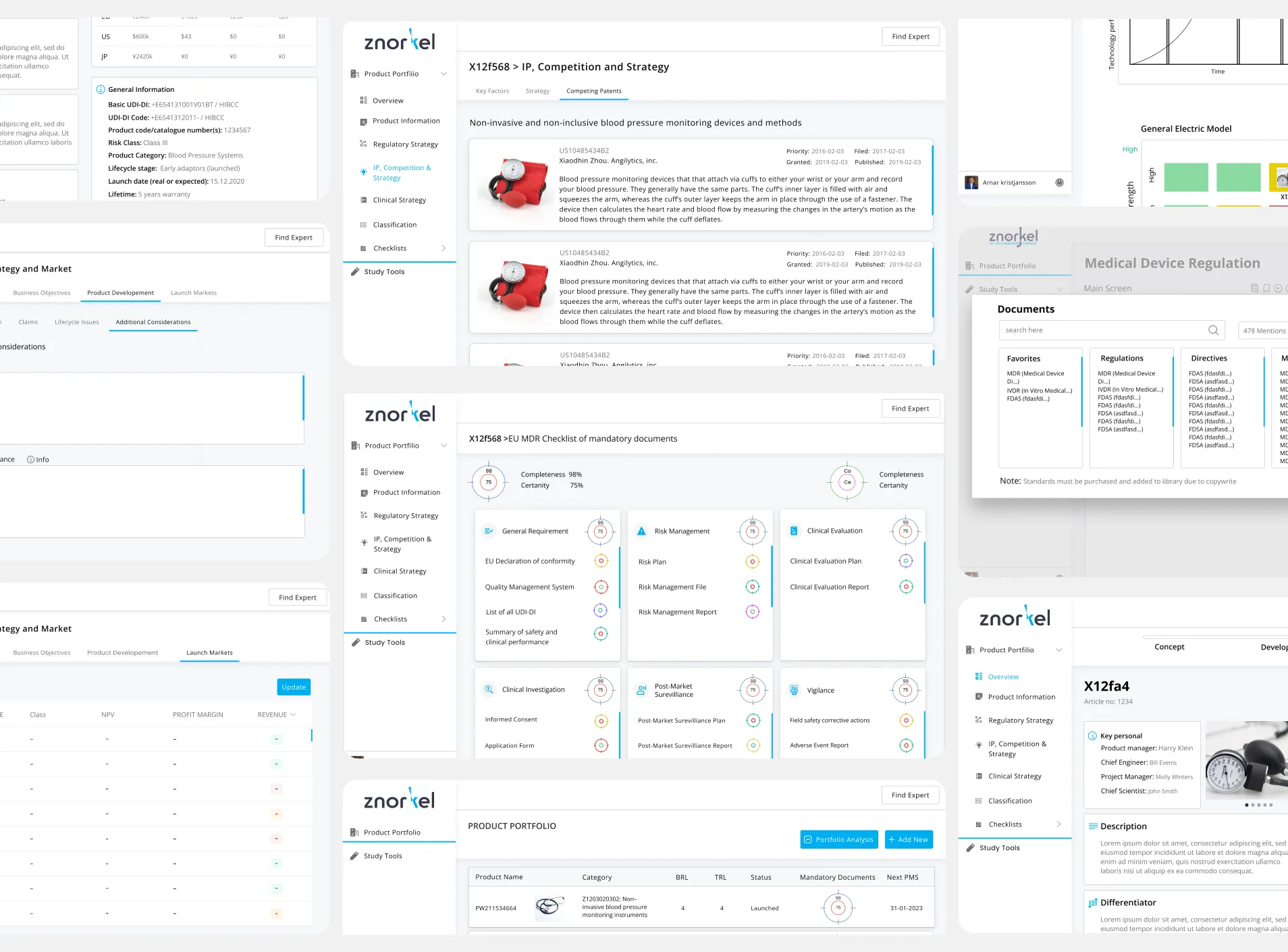





.BqrL9sgF_1jVnGp.webp)


